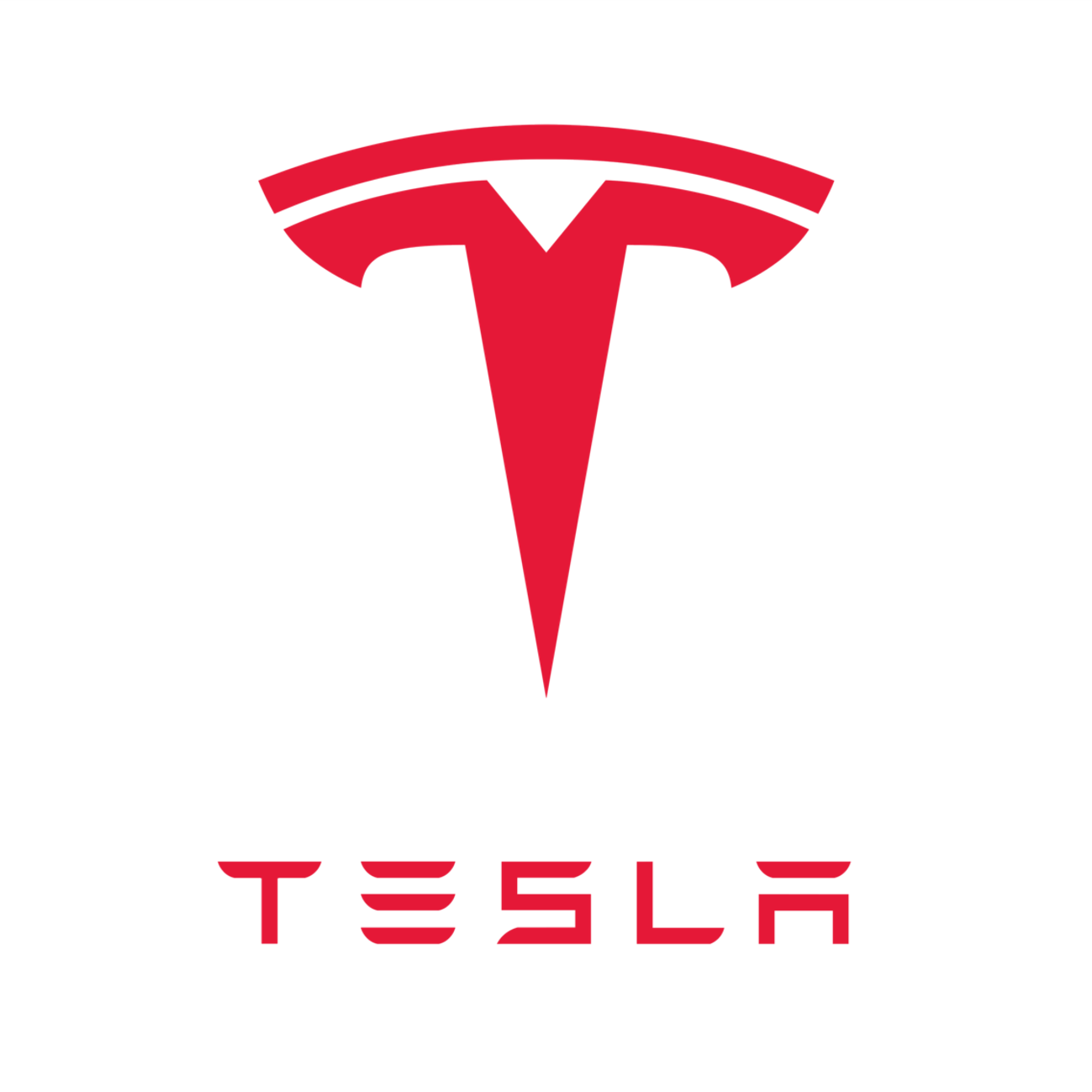The automotive industry is undergoing a significant transformation, with sustainability and electrification emerging as central pillars for its future. As cars contribute to more than 20% of national greenhouse gas emissions, the demand for cleaner, more sustainable alternatives is driving innovation.
Electric vehicles -EVs- are at the forefront of this change, offering substantial potential to mitigate emissions and reduce the carbon footprint of transportation. This report delves into the sustainability efforts of leading automotive brands -Tesla, Volkswagen, BMW, and Ford- evaluating their performance in key areas such as ecological impact, energy consumption, recycling rates, supply chain transparency, and long-term sustainability goals.
Introduction to Tesla
Tesla, a tech-first, fully electric brand, has revolutionized the automotive industry with its innovative approach to sustainability and cutting-edge technology. Founded with a mission to accelerate the world’s transition to sustainable energy, Tesla has become a global leader in electric vehicles (EVs), battery technology, and autonomous driving capabilities, generating USD 97 billion in revenue in 2024 and producing 1.8 million electric vehicles globally.
From its inception, Tesla has positioned itself as a premium tech brand, emphasizing long range, advanced battery technology, and self-driving features. With iconic models like the Model S, Model 3, and Tesla Semi, the company has redefined the concept of electric mobility, delivering high-performance vehicles that challenge traditional automotive standards.
Tesla’s success is driven by its relentless focus on innovation, operational excellence, and a commitment to sustainability. As a pioneer in the EV market, Tesla continues to expand its influence globally, shaping the future of transportation while leading the charge in reducing carbon emissions. The company’s growth extends beyond vehicles to include energy storage and solar products, positioning it as a comprehensive solution for sustainable living.
As Tesla continues to push the boundaries of technology, its dedication to creating a low-carbon future remains at the heart of its strategy. With a strong vision for the future and an unwavering commitment to innovation, Tesla is poised to remain at the forefront of the global electric vehicle and clean energy markets.
Drive the Future
Criteria
Carbon Footprint, Medium
Tesla is reducing its carbon footprint with a focus on renewable energy and zero-emission products. In 2023, its vehicles and energy products helped avoid over 20 million metric tons of CO2e. While battery production and manufacturing emissions remain challenges, Tesla aims for net-zero emissions and continues to address Scope 3 emissions, indirect greenhouse gas emissions, representing 80% of their emissions.
Ecological Impact, Medium
Tesla works on reducing ecological impact with water conservation and energy-efficient products. However, the battery production and the deforestation caused by the construction of the Berlin Gigafactory, which released 13,000 tons of CO2, present ongoing environmental concerns. Tesla is working to minimize its reliance on raw materials through battery chemistry innovations, but the ecological footprint of material sourcing still requires ongoing attention.
Energy Consumption, Medium
Tesla has made significant strides in reducing its energy consumption and increasing its reliance on renewable energy sources across its operations. The company prioritizes renewable energy, with 100% renewable electricity for its operations and 46,500 kW of solar capacity across its factories. Despite energy-intensive battery production and the construction of new Gigafactories, contributing to a higher energy footprint in the short term, Tesla’s AI-controlled systems and efficiency improvements show a strong trajectory toward better energy use.
Freight Density, High
Tesla optimizes freight density with its electric Semi truck, which offers remarkable energy efficiency (under 2 kWh per mile), reducing the resources required for transporting goods and minimizing the environmental impact. By transitioning from diesel to electric-powered freight, Tesla helps lower the carbon footprint per mile and reduces the number of trucks needed for transportation, improving overall freight density. Tesla’s internal logistics, such as the use of electric Semis to transport battery packs, further enhances this efficiency.
Recycling Rates, High
Tesla has made significant strides in battery recycling, using dry-electrode processes in its battery production, which not only reduces energy use by over 70% but also contributes to reducing waste. The company is actively developing solutions for efficient battery reuse and recycling to minimize environmental impact.
Saving Levels, High
Tesla achieves impressive savings in carbon, energy, and costs, especially through its electric vehicle fleet, energy storage, and AI-powered manufacturing. Its mobile service fleet, which is transitioning to 90% electric vehicles, has already avoided nearly 650 metric tons of CO2 emissions, and its solar energy initiatives ensure long-term savings.
Specific Product Monitoring, Medium
Tesla excels in tracking its vehicles’ energy consumption and emissions using data-driven systems. The company closely monitors battery performance, providing detailed insights into the environmental impacts across its products’ lifecycle, with a strong focus on recycling and end-of-life management.
Supply Chain Waste, Medium
Tesla focuses on decarbonizing its supply chain and optimizing logistics, such as using electric Semis, reducing packaging waste and improving material flow. While challenges remain with upstream emissions, particularly due to raw material extraction (e.g., lithium, cobalt, and nickel), and further efforts are needed to enhance supply chain transparency and reduce environmental impact, Tesla’s vertical integration and emphasis on data accuracy in emissions reporting position the company well for continued improvement in supply chain management.
Sustainability Scorecards, Medium
Tesla tracks its sustainability through a comprehensive scorecard, committed to operating on 100% renewable energy across all its facilities, including its Supercharger network. energy-efficient manufacturing processes and commitment to R&D in low-carbon technologies further solidifies its leadership in sustainability. Despite challenges such as deforestation linked to gigafactory expansion, Tesla’s long-term goals of reducing carbon emissions through EV adoption, solar energy, and battery storage contribute positively to its sustainability credentials.
Water Management, Medium
Tesla has advanced water management systems, including: a water recycling system at Gigafactory Berlin that recycles 100% of its process wastewater, hybrid cooling towers, cascade rinsing systems, and rainwater harvesting that further optimize water usage in water-intensive processes and the use of reclaimed water for irrigation and cooling. While concerns about water use near protected resources exist, in areas like Gigafactory Berlin, Tesla’s efforts in resource conservation are strong.
Conclusion
Tesla is advancing sustainability through efforts in carbon reduction, resource efficiency, and innovative battery technologies.
While progress is significant, improvements are needed in areas like water management, freight density, and supply chain emissions to achieve long-term environmental goals.
Related to other brands
Number of criteria met by each brand:
- BMW: 3.0 / 5.0
- Tesla: 3.25 / 5.0
- Volkswagen: 3.5 / 5.0
- Ford: 3.5 / 5.0
ESCP Business School Team
Research developed by five curious international ESCP Business School students who have worked together to successfully complete their consulting project. They analysed four brands in four different categories -24 brands: electric cars EV, dairy products, computers, personal care, luxury apparel, fast fashion-, according to 10 environmental criteria.
- Alix AMMEUX: Dairy Products
- Hanna AMSELLEM: Electrical Vehicles
- Leonardo BERTINI COLLA: Computers
- Zackary BOISNEAULT: Personal Products
- Ariane DESPRES: Luxury Apparels
- Caterina GIUSTINIANI: Fast fashion
Sources
- Tesla full annual report 2023
- The guardian: “Do electric cars really produce fewer carbon emissions than petrol or diesel vehicles? 23 Decembre 2023 » (jasper jolly)
- The guardian: “About 500,000 trees cut down at site of Tesla gigafactory near Berlin. 22 aout 2024” (Damian Carrington and Ajit Niranjan in Berlin)
- World benchmarking alliance: Automotive and Transportation Manufacturers Benchmark 2024
- Volkswagen Group sustainability report 2023
- Automotive logistics: “The many roads, fuels and tech leading to zero emission logistics at Volkswagen Group” (Christopher Ludwig)
- Tech target: “7 biggest examples of greenwashing” (Tim Murphy)
- EV Magazine: “Volkswagen’s EV Initiatives From Charging to Batteries” (Helen Sydney Adams)
- World benchmarking alliance: Automotive and Transportation Manufacturers Benchmark 2024
- BMW sustainability & Group report
- Supply chain digital: “BMW Leads the Charge in Sustainable Battery Recycling” (Tom Chapman)
- Eco news: “ wakes up the world from the hydrogen dream: The circle-shaped engine is the future” (Edwin O)
- CapGemini: “The BMW Group strengthens its frontrunner position in sustainable supply chains” (client story)
- World benchmarking alliance: Automotive and Transportation Manufacturers Benchmark 2024
- Ford’s Integrated Sustainability and Financial Report 2024
- Wired: “The Electric Explorer’s Nightmare Launch Shows Everything Ford Gets Right and Wrong About EVs” (Jeremy White)
- The EV Report: “Ford Adjusts EV Strategy for Growth and Profitability”
- TCD: “Ford enters new territory with game-changing battery tech: ‘This could reduce repair costs’” (Rick Kazmer)
- World benchmarking alliance: Automotive and Transportation Manufacturers Benchmark 2024





0 Comments